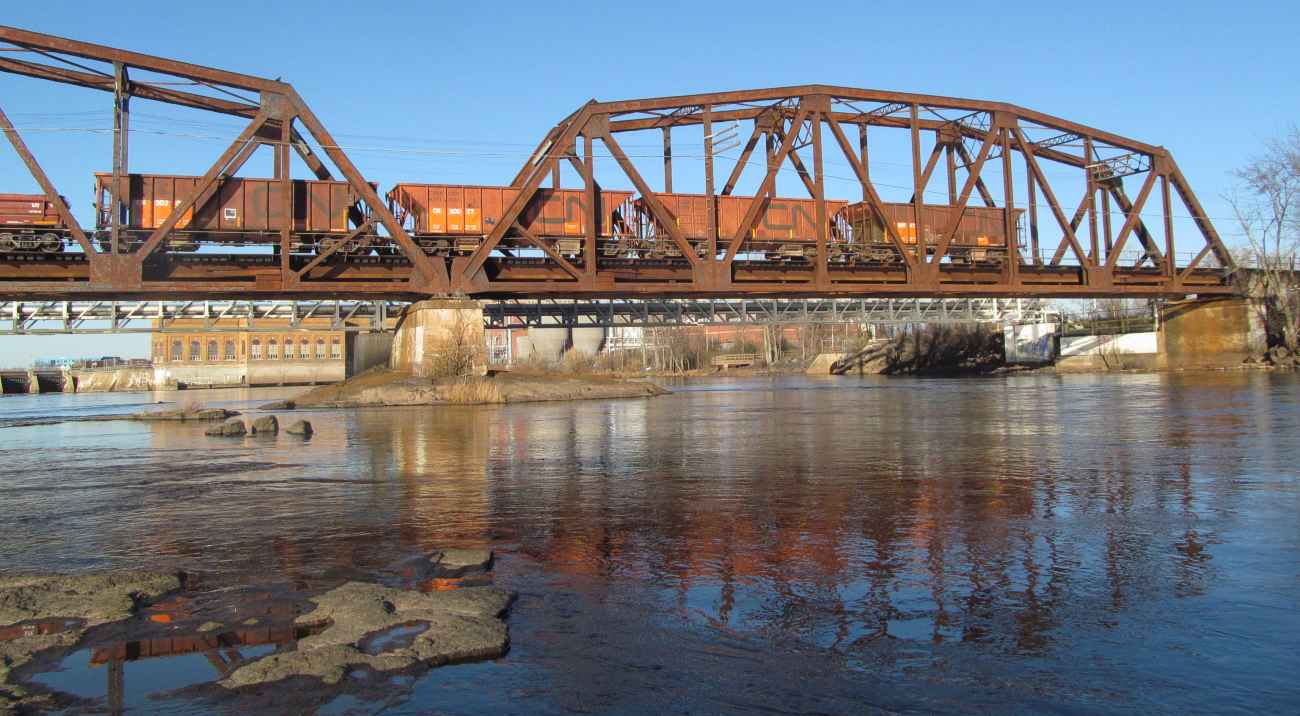


For local roads, contact the municipality.and state highways, report the location to the local county sheriff department for disposal, using their non-emergency phone number. Off the traveled portion of the roadway, please contact the following: If remains are on the shoulder or otherwise.These remains pose an urgent safety hazard.

On the active, traveled portion of a highway, call 911. The more accurate information motorists can provide, the easier it is for contractors and public works staff to locate and dispose of the remains. Motorists should provide specific, detailed location information of the remains, such as proximity to a mile post, intersecting highway, lane direction (NB, SB, EB, WB), exit number, and address/mailbox number. When a deer is killed along roadways, motorists play an important role in assisting with the removal. Reporting disposal/removal contact information Roadside disposal is limited to the following conditions: the remains must be located within rural areas at least ¼ mile away from a residence or business disposal does not include multiple carcasses in one location and, disposal is outside of ditches and mowing areas. It also provides birds of prey and other wildlife important food sources. The roadside disposal policy has drastically reduced the state's CKD program costs by limiting transportation costs and landfill tipping fees. These include: removal and transport of CKD to a landfill, incinerator, or chemical digester transport to a rendering plant in counties not affected by Chronic Wasting Disease and roadside disposal, which involves moving deer remains out of direct view in safe zones within the highway right-of-way. There are several CKD disposal methods allowed for deer remains along Interstates, U.S. Counties and municipalities are responsible for disposal of deer along county highways and local roads, respectively. WisDOT contracts with private CKD disposal services in each county for CKD along Interstates, U.S. This responsibility is shared by all levels of government. Removal of car-killed deer (CKD) from Wisconsin's roadways is an important safety task. Taking precautions such as driving slower during the evening and nighttime hours and scanning roadsides for deer can help prevent collisions. Most deer-vehicle collisions occur during October and November when deer are active during the breeding phase however, collisions occur year around. With abundant deer, motorists should be aware of the potential for deer to cross roadways at any time. Over the past 5 years, reported crash data shows over 19,000 deer are killed annually by vehicles on Wisconsin roadways. (Wisconsin DNR,ĭeer Population Statistics and Trends)ĭeer-vehicle crashes are a major safety concern for Wisconsin motorists. Wisconsin has a robust population of white-tailed deer, with an estimated population of 1.6 million deer in 2020.


 0 kommentar(er)
0 kommentar(er)
